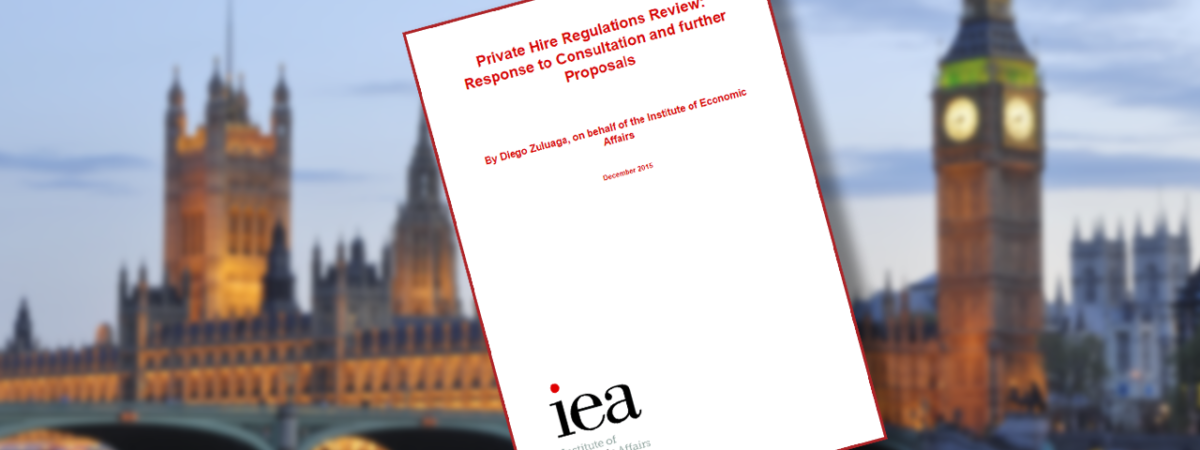Seeing Red: Traffic Controls and the Economy
SUGGESTED

New IEA briefing explains why proposed hire regulation would harm competition

Flat-rate pensions ‘tax relief’ would be devoid of any economic rationale

Rip out 80% of traffic lights to boost economy and road safety
Not only is a high proportion of traffic regulation detrimental to road safety, the economy and the environment, it also imposes huge costs on road-users, taxpayers and communities.
Despite the potential for social and economic harm, traffic regulation is introduced without analysing the full cost to road-users. All too often, policymakers neglect negative effects and approve schemes even when costs outweigh benefits.
From 2000 to 2014, when there was little growth in traffic volumes, the number of traffic lights on Britain’s roads increased by some 25 per cent. The number of junctions controlled by signals has risen to about 15,000 with a further 18,000 pedestrian crossings.
The number of instructional traffic signs in England reached 4.57 million in 2013 – an increase of 112 per cent since 1993.
Britain’s first speed camera was installed in 1992. By 2012 there were over 3,000 at 2,300 fixed sites. Monitoring now extends to large sections of the motorway network, a step change in the surveillance of motorists.
In 2013 Islington became the first borough to bring in a blanket 20 mph speed limit. By summer 2015 around 14 million people lived in local authorities that had adopted or were in the process of adopting a 20 mph standard.
The rapid expansion of bus lanes began in the late 1990s. In London they grew from 59 miles in 1997 to 172 miles in 2007.
The importance of the road network means the cumulative effect of these measures imposes an enormous burden on the UK economy. Just a two-minute delay to every car trip equates to a loss of approximately £16 billion a year.
There is a strong economic case for replacing standard traffic regulation with strategies that harness voluntary cooperation among road-users. ‘Shared space’ schemes – such as the one in Poynton in Cheshire – show the transformational benefits of this unregulated, design approach.
A high proportion of traffic lights should be replaced by filter-in-turn or all-way give-ways. Many bus lanes, cycle lanes, speed cameras and parking restrictions should also go. Culling such traffic management infrastructure would deliver substantial economic and social benefits.
This paper was featured in The Mail on Sunday, The Daily Express, The Daily Telegraph, The Times and The Daily Mail. The report was also featured on The Today Programme and Martin Cassini also appeared on BBC Radio London to discuss the key themes of the report.
2016, Discussion Paper No. 68
Fullscreen Mode




